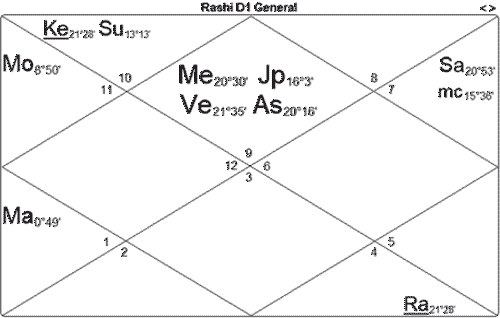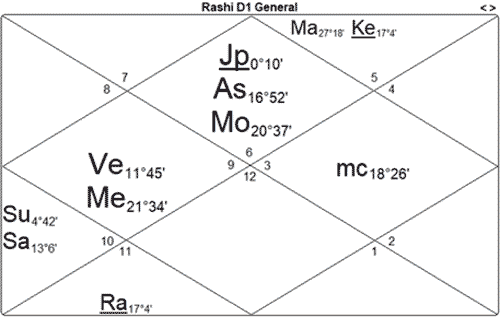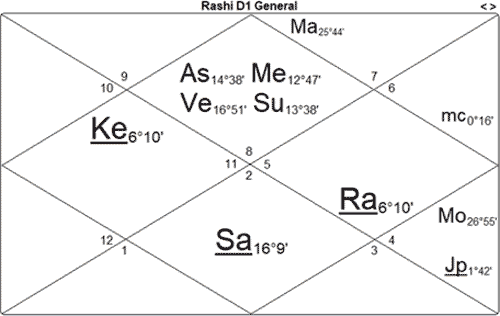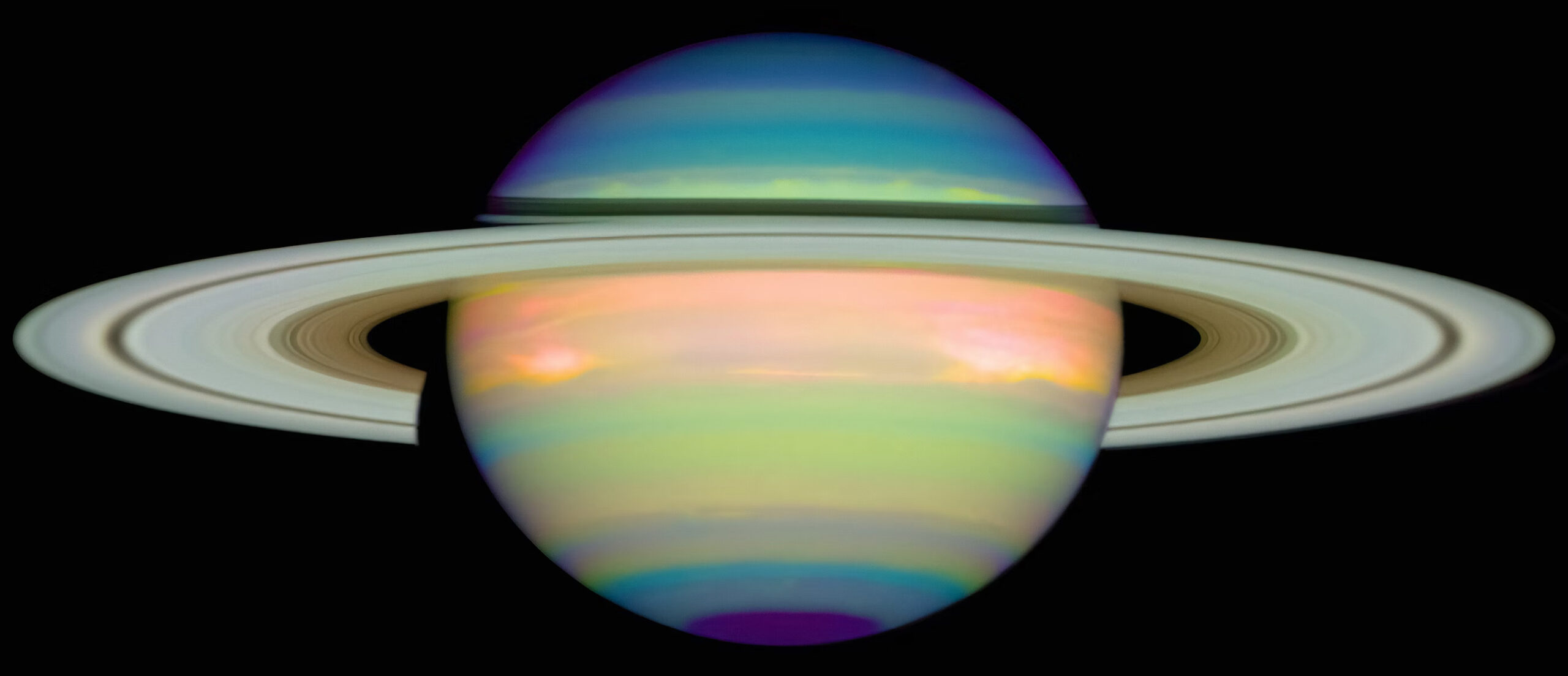Spring | Summer | Fall | Winter | |
2025 | Volume 67 |
| Volume 65 | Volume 66 |
Volume 40, 20 March 2018
“The day the Lord created hope was probably the same day he created spring.”
The Intelligence of Spring
When the intelligence underlying this cosmic flow is understood, we are able to appreciate even more the dynamism, freshness, creativity and joy that accompany the rebirth of nature at this season. It is buoyant and unfettered but with clarity and direction. I haven’t yet seen dazzling daffodils emerging from rosebuds!
One of the ways the Vedic tradition characterizes this flow is by the interplay of three universal principles known as the gunas - sattva, rajas and tamas. Translating Sanskrit words with a simple English counterpart is always perilous but perhaps we can go with “quality”. It is said that the three gunas are inherent qualities present in all things in creation at all times. The ceaselessly changing balance among the three contributes to the endless proliferation of possibilities.
Conveying the depth of meaning of each of the three gunas is likewise impossible with a one-word equivalency. An adequate description and demonstration of each is a treatise in itself. However, for our purposes in thinking about the intelligence of spring, we can say that the quality called sattva corresponds well with the qualities of spring.
We can think of spring as a time when the laws of nature are permeated with clarity, energy, life force and light. Spring invokes in us joy, contentment, optimism and hope. These are qualities which are the ultimate truth of our own nature, the fundamental reality of the all-pervading wholeness which is revealed in the expression sat-chit-ananda. We will explore this profound phrase further in the next newsletter.
Exploring Sattva in a Chart
Two ways of thinking about the guna of sattva from the point of view of Jyotisha are with regard to grahas and rashis.
Shastra tells us that among the grahas, the two luminaries, Sun and Moon, represent sattvoguna as does the great benefic Jupiter. In some charts, the arrangement of those three grahas is a signature for a native whose personality and life will reflect the qualities of purity. Jupiter in particular is singled out as the karaka (significator) for optimism and buoyancy
Among the rashis, it is the dvisvabhava (mutable) rashis of Gemini, Virgo, Sagittarius and Pisces that are considered the sattvic rashis. The cara (moveable) rashis of Aries, Cancer, Libra and Capricorn represent rajoguna (rajas) and Taurus, Leo, Scorpio and Aquarius represent tamoguna (tamas). Note that the dvisvabhava rashis are the only ones exclusively owned by benefic grahas - Mercury and Jupiter.
Why are the dvisvabhava rashis sattvic? That mutable quality contains transformation and change. Change implies the ability to let go, relinquish. A house that is crammed with “stuff” is not good from a vastu point of view. There is no breath or prana in such a house. The same is true of us when we have accumulated stress and tension from unproductive behavior. We become physically limited in our movement, even bent over, and that has its mental and emotional counterparts. We must let go, move on, breathe, evolve.
Here are some chart examples of people who may not be saints but still express buoyancy, optimism and clarity.

Paul Newman's chart exemplifies the principles relating to Jupiter and the dvisvabhava rashis. Note that powerful Jupiter is the lagna lord in the lagna with the other two benefics Venus and Mercury stabilizing and supporting each other. All of these grahas are in Sagittarius - a dvisvabhava rashi. The aspect of the powerful Saturn actually kept Newman grounded and gave him a service orientation. Newman was known for his generosity, his joie de vivre and diversity.

The extraordinary chart of Shari Lewis with all the natural benefics strong and unafflicted in the kendras sums up a life that was dedicated to uplifting children through the arts in a joyous and humorous way. She was, among many other accomplishments, a gifted ventriloquist and immortalized the puppet Lamb Chop, one of her many imaginative characters. Working through the puppets and the books she wrote (over 60 for children), she conveyed important life values in an easy and palatable way. Among her many awards are 7 Parent Choice awards, Kennedy Center for Excellence and Creativity, 12 Emmy awards and a Peabody Award.

President Obama’s mother Ann Dunham also has a fascinating chart which exemplifies the principle of the sattvic grahas prominently placed. You can’t help being drawn to her outstanding 9th bhava housing a Gauri Yoga, a yoga that is present in Obama’s chart as well. Her rendition is amazing with Jupiter exalted and retrograde while the Moon is swa rashi. It is a huge indicator of dharma especially since Jupiter is the 5th Lord in the 9th with the 9th lord forming a trikona raja yoga as well as a Kesari Yoga. The Sun completes the trifecta as the 10th lord in the ascendant stabilized by that powerful Jupiter. She was dedicated to addressing poverty in rural villages in Indonesia through woman’s cottage industries.
Bright Lights in the Spring Sky
Sky gazers will enjoy seeing a string of retrograde grahas this spring. Jupiter is already retrograde as of March 9th. As the second brightest of the tara grahas (those that are true planets), Jupiter will be dazzling as it reaches its maximum retrogression just before mid April. It will go direct July 8th, 2018. Mercury too will go retrograde in the next few days until mid April. Hard-to-see Saturn joins the party around April 18th. It has the longest retrograde cycle which ends September 6th. And finally Mars too will be retrograde as of June 26th so there will be a brief time when all the outer grahas (Mars, Jupiter, Saturn) are retrograde.
Please remember that though there is a lot of chatter out there regarding retrograde planets, their very visibility dictates that they have significant strength.
Media Corner: Mobile app for Vedic Charts
Perhaps some of you may know of better apps but I was impressed with iHoroscope Vedic Version 3.3.2. It does quite a few things - divisional charts, different dasha systems, ways to save chart you enter and a way to access them easily, a basic panchanga, transit charts etc. It runs great on my phone and tablet. It is not a free app but it seems reasonable at $9.99 .












